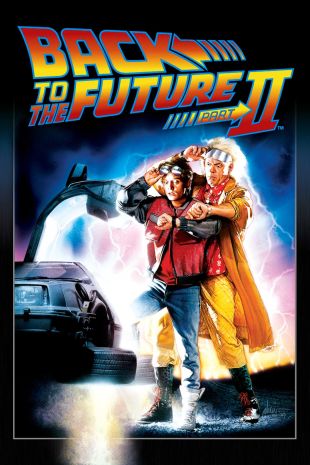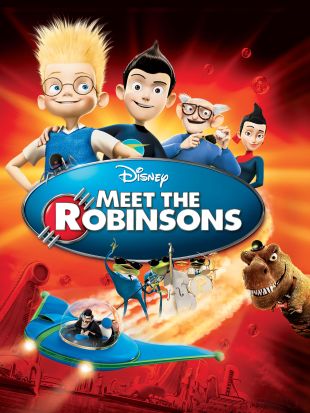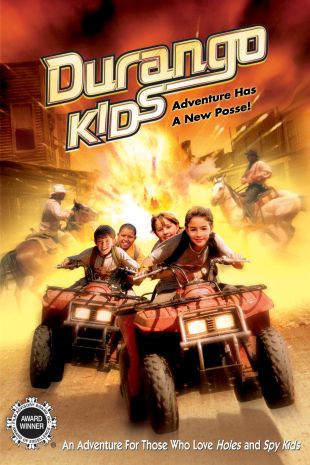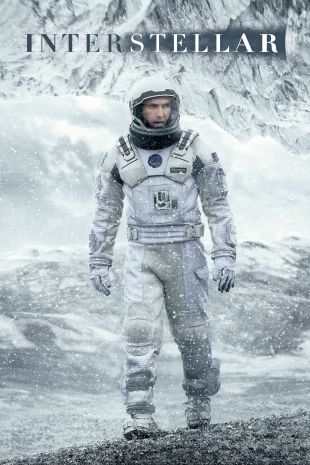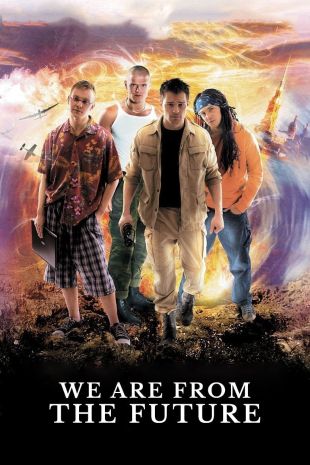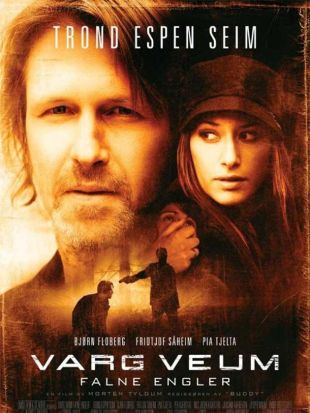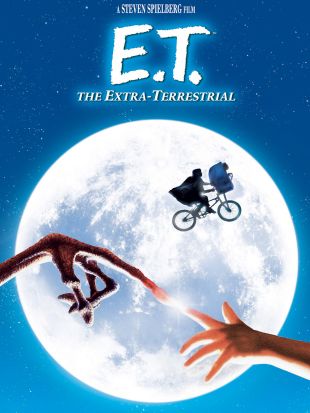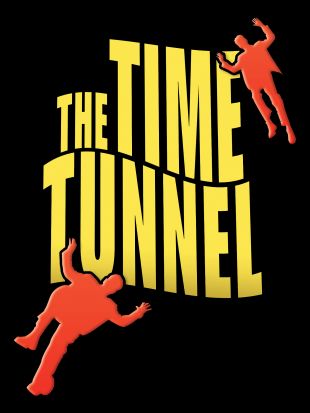
The Time Tunnel (1966)
Genres - Fantasy, Drama, Action, Adventure, Science Fiction |
Sub-Genres - Sci-Fi Adventure |
Run Time - 60 min. |
Countries - United States |
Share on
Synopsis by Bruce Eder
The Time Tunnel tells the story of Tony Newman and Doug Philips, two scientists who find themselves lost in time. At the outset of the series, as depicted in the first episode ("Rendezvous With Yesterday") both men are part of a top secret government project, Project Tic-Toc, in the year 1968 (the series was produced in 1966, when that seemed like the "far future"). Project Tic-Toc is devised to open a time portal which would allow people and machines to move through time in the same way that the US space program projected them into space. But it is massively expensive and has thusfar yielded what one inquisitive US Senator, Leroy Clark (Gary Merrill), believes are minimal results. On a visit to the top secret desert base where the Time Tunnel has been built, he reveals that he intends to recommend that the project be shut down.
Desperate not to see the work of years abandoned, Dr. Tony Newman (James Darren) takes it upon himself to activate the Time Tunnel and project himself backward in time. He is successful in his gamble, and finds himself alive in the year 1912 -- aboard the Titanic on her doomed maiden voyage. Back in 1968, the team operating the Time Tunnel -- General Heywood Kirk (Whit Bissell), Dr. Anne McGregor (Lee Merriweather), Dr. Raymond Swain (John Zaremba), and Dr. Doug Phillips (Robert Colbert)-- find that they can track Tony, and even observe where he is and what is happening to him, but they can't get him back; and he will almost certainly die aboard the doomed ocean liner, especially as, having realized where he is, and having tried to warn the captain (Michael Rennie), he has been locked in the ship's brig as an apparent lunatic. The only thing they can do is send someone back to help him, and that falls to Doug Phillips, but he is equally unsuccessful in convincing the captain of the threat to the ship from icebergs, or only barely more effective at rescuing Tony from his cell -- and as they discover, the Time Tunnel cannot pull them back to 1968. The two manage to survive, plucked out of time and space at the last possible moment, but now they are lost in the infinity of time.
The series, 30 episodes in all, presented stories in which Doug and Tony find themselves in Paris during the Reign of Terror, at Pearl Harbor on the eve of the Japanese attack, at the Alamo just prior to the final Mexican assault on the fort, the impending explosion of Krakatoa, and so on; it was one of the conceits of the series that Doug and Tony always seem to land in a place and at a time of some historical significance (fans of the series do joke about the notion that in one episode, they should have appeared at a time and in a place in which nothing and no one of any historical significance was there to interact with). The Time Tunnel's control over their movements through time and space was problematic, at best, rare instances in which they could actually be directed, to a degree, on specific missions, juxtaposed with situations in which they were scarcely under any control in terms of time travel, and other moments where the operation of the Time Tunnel threatened their lives. Amid the more routine stories in which the two heroes are placed at pivotal moments in history were a smaller, more interesting body of scripts, in which they are moved into the future -- in the second episode, "One Way To the Moon", Tony and Doug find themselves 10 years in their own future, aboard the first manned flight to Mars; in another, they are trapped in a New England town that is under siege from alien invaders. There were also a tiny handful of stories that mixed horror and fantasy with science fiction, in which Merlin the magician forces the Time Tunnel personnel to aid the young future King Arthur; and one tale in which the vengeful spirit of the Emperor Nero manifests itself in World War I Italy, seeking revenge against the descendant of General Galba, that man who deposed him as ruler of Rome.
The Time Tunnel was an attempt by producer Irwin Allen to take the concept behind Lost In Space and apply it to fourth dimensional travel. Its existence and chances for success were predicated on the availability of the 20th Century-Fox film library, and his ability to use clips from any number of historical films shot by the studio (and not just films shot in color -- Time Tunnel was the first Irwin Allen series to go into production in color, but even clips from the black-and-white 1953 film Titanic were used successfully in the first episode, tinted and projected through the Time Tunnel itself. The problem with the show lay in its very concept, however -- audiences may not have known what to expect each week, which can be a virtue; but it can also be a stretch, especially as there were no especially charismatic characters or actors (with the possible exception of Lee Meriwether) in the cast -- Darren and Colbert were handsome enough, but the nature of the stories and scripts prevented anything resembling character development in most of the episodes (the one exception was "The Day The Sky Fell In", in which Tony meets his own father shortly before the attack on Pearl Harbor in which the man was listed as missing-in-action). The other problem with the series is that many of the costumes and aliens seemed to be leftovers from producer Irwin Allen's other two science fiction series, Lost In Space and Voyage To The Bottom of The Sea -- few could overlook the hand-me-down nature of the props and sets. Still, the series did attract enough viewership to initially get renewed for a second season, though for reasons unclear at this time, that renewal was subsequently rescinded, limiting the program to a single season of 30 episodes. Some viewers, seeing the final episode on the original run of the series lead back to previews of the first episode, interpreted that as indicating that the two heroes had ended up in the time-loop, repeating the same cycle of adventures. According to those involved with the series, however, a handful of second season scripts were written and ready to shoot, with others in the pipeline when the plug was pulled on the program. Those close to the series also say that if there had been a second season, it would have depicted the Project Tic-Toc scientists as gaining more control over the time-travel process, if not the ability to return Tony and Doug home, which would have increased the diversity of stories that could be told.
The series did entertain some interesting ideas concerning time paradoxes, though it did avoid the idea that the two heroes could do anything to change already occurred events. Indeed, it often seemed as though Doug and Tony's presence only helped along events to occur in the manner in which we knew them -- this notion was picked up for the short-lived 1980's series Voyagers. More impressive than anything else about this series was the Time Tunnel itself, a huge device that seemed to go back to infinity. And in one of the more intriguing episodes, viewers got double their money's worth -- in "Secret Weapon", are actually sent on a mission of sorts to investigate a top secret enemy project and encounter an early precursor to the Time Tunnel, in Eastern Europe a decade prior to the development of their own time travel apparatus. Like most of Irwin Allen's projects of this period, The Time Tunnel was a very good idea that the producers never had a chance to explore to its (of their) best advantage. There were two attempts to revive the series, both unsuccessful, but a DVD release of the complete run of the show (with the unaired pilot) did prove popular, and airings of the series on the Sci-Fi Channel in the 1990's were also well-received.

